Acupuncture Therapy
- Auricular Acupuncture Therapy
- Smoking Cessation
- Weight Loss Therapy
- Detox Therapy
- Pain
Electroacupuncture
Herbal Therapy
Cupping
Moxibustion
Facial/Cosmetic Acupuncture
ACUPUNCTURE
Acupuncture is an ancient treatment method used in China for over 3000 years. It is one of many treatment methods used in Oriental Medicine. Beside acupuncture, the usage of herbal formulas, moxibustion, cupping, Gua Sha, Tuina, Tai chi, Qi Gong and nutrition are part of what is called Oriental Medicine. According to the basic foundation of Oriental Medicine, “dis- ease” is the result of an imbalance of the bodies energy flow. Acupuncture is believed to balance the energy by re-directing its flow, assisting the body to heal. Acupuncture may be defined as the insertion of very thin needles into specific points on the body to cause a desired healing effect. It is a method of encouraging the body to promote natural healing and improve function. Stimulation of an individual acupuncture point may take as little as one second or as much as 30 minutes to one hour.
There are diverse styles of acupuncture, based on different interpretations of the theory and techniques of Oriental Medicine. The most common style of acupuncture practiced in the United States today, is what we call “Traditional Chinese Medicine” or “TCM”, standardized by the communist Chinese Government in the1950s.
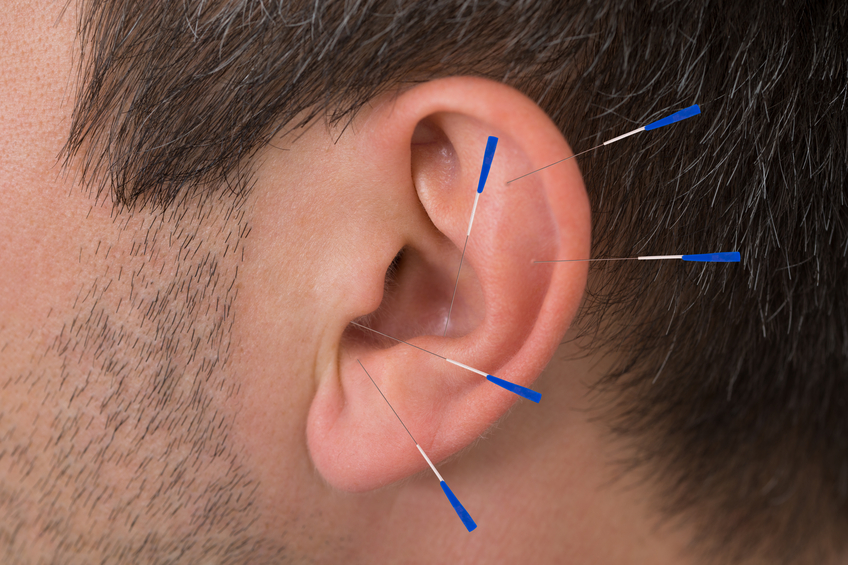
AURICULAR ACUPUNCTURE
Auricular Acupuncture is the stimulation of acupuncture points on the external ear surface for the diagnosis and treatment of health conditions in other areas of the body. The ear holds a microsystem of the body.
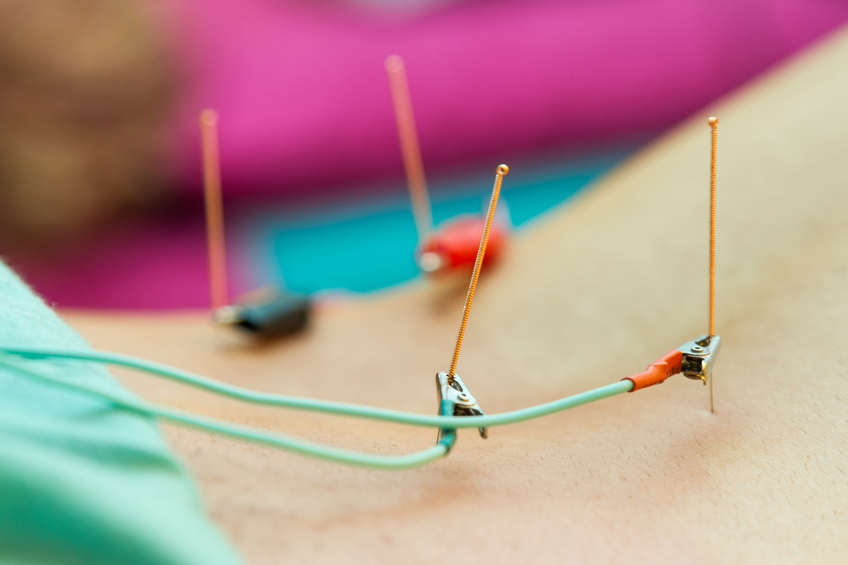
ELECTROACUPUNCTURE
Electroacupuncture is quite similar to traditional acupuncture. As with traditional acupuncture, needles are inserted on specific points along the body. The needles are then attached to a device that generates continuous electric pulses using small clips. These devices are used to adjust the frequency and intensity of the impulse being delivered, depending on the condition being treated. Electroacupuncture uses two needles at time so that the impulses can pass from one needle to the other. Several pairs of needles can be stimulated simultaneously.
A similar technique called transcutaneous electrical nerve stimulation, or TENS, uses electrodes that are taped to the surface of the skin instead of being inserted. The advantage of this procedure is that it can be used by people who have a fear of needles or a condition that prohibits them from being needled.
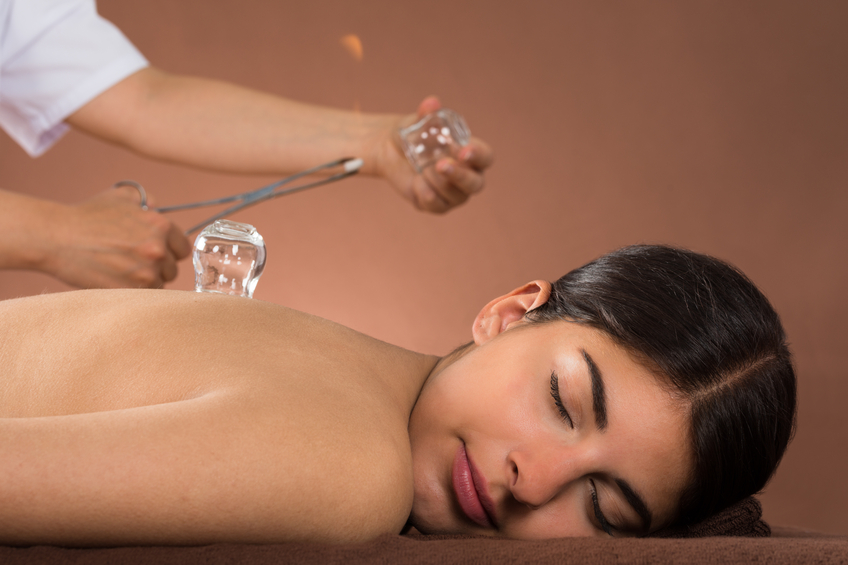
CUPPING THERAPY
is an ancient form of therapy in which a local suction is created on the skin by applying glass, plastic or bamboo cups. This mobilizes blood flow in order to promote healing. Suction is created using heat (fire) or mechanical devices (hand or electrical pumps).

MOXIBUSTION
Moxibustion is a treatment that uses the dried leaf of mugwort rolled into a stick or placed on the end of the needles, then burned as a warming therapy during treatment
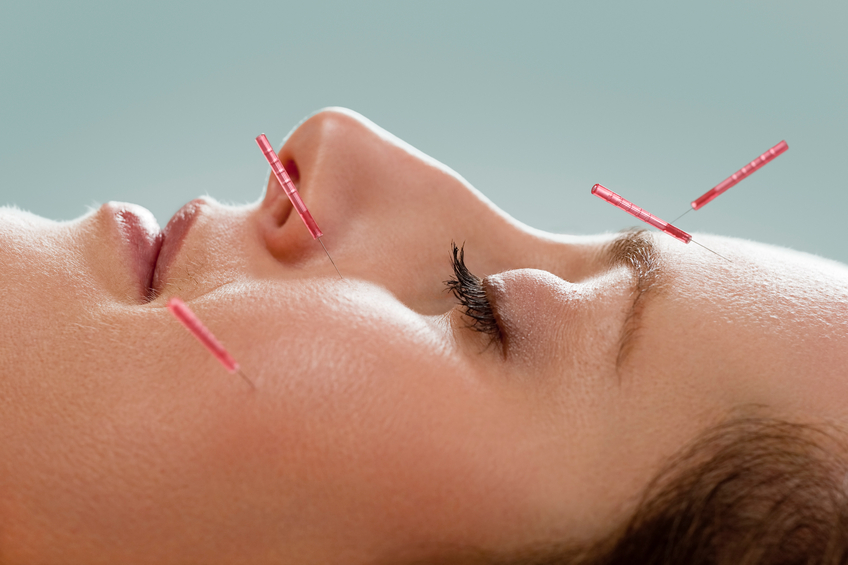
FACIAL OR COSMETIC ACUPUNCTURE
Facial or Cosmetic Acupuncture uses very fine acupuncture needles, inserted superficially on specific points on the face, to improve skin texture, smoothness, clarity and tone. Facial acupuncture can increase local collagen production which fills in fine lines.
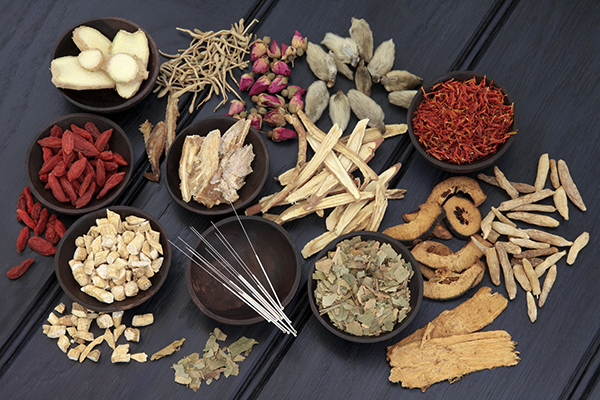
CHINESE HERBAL MEDICINE
Chinese Herbal Medicine and acupuncture are complementary therapeutic modalities that are often used together in the treatment of a variety of medical conditions. Formulas can be prescribed in a number of ways: raw herbs that are boiled into a tea, liquid extracts, pills or powder. Herbal Formulas are used to expedite the healing process, and strengthen, support or tonify the body. These formulas have the capacity to address the underlying root cause of various medical conditions, weather acute or chronic. The art and skill of creating a formula lies within choosing the precise and most effective herbs that target an individual’s disharmony.
According to the National Institute of Health (NIH) and the World Health Organization (WHO), acupuncture has proven effective in treating many common problems such as:
Addiction
Anxiety
Arthritis
Asthma
Carpal Tunnel Syndrome
Chronic Fatigue
Colitis
Common Cold
Constipation
Dental Pain
Depression
Diarrhea
Digestive Disorders
Dizziness
Eye Disorders
Facial Paralysis
Fertility
Fibromyalgia
Headache
Hiccup
Incontinence
Indigestion
Irritable Bowel Syndrome
Lower Back Pain
Menopause
Menstrual Disorders
Migraine
Morning sickness
Nausea Osteoarthritis
Pain
PMS
Reproductive Disorders
Rhinitis
Sciatica
Seasonal Affective Disorder
Sinusitis
Sleep Disturbance
Should Pain
Smoking
Cessation
Sore Throat
Tennis Elbow
Tonsillitis
Trigeminal
Neuralgia
Urinary Tract Infection
Vomiting
